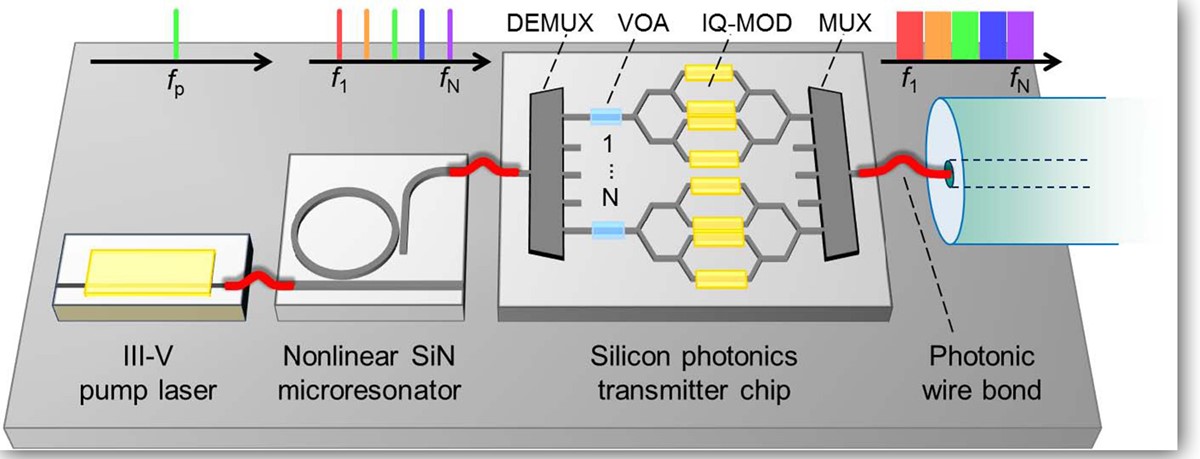SILICON NITRIDE PHOTONICS
Low loss CMOS-compatible silicon nitride photonics utilizing reactive sputtered thin films
Abstract:
Low temperature deposition of low loss silicon nitride (SiN) thin-films is very attractive as it opens opportunities for realization of multi-layer photonic chips aLow loss CMOS-compatible silicon nitride photonics utilizing reactive sputtered thin filmsAbstract:Low temperature deposition of low loss silicon nitride (SiN) thin-films is very attractive as it opens opportunities for realization of multi-layer photonic chips aLow loss CMOS-compatible silicon nitride photonics utilizing reactive sputtered thin filmsAbstract:Low temperature deposition of low loss silicon nitride (SiN) thin-films is very attractive as it opens opportunities for realization of multi-layer photonic chips and hybrid integration of optical waveguides with temperature sensitive platforms such as processed CMOS silicon electronics or lithium niobate on insulator. So far, the most common low-temperature deposition technique for SiN is plasma enhanced chemical vapor deposition (PECVD), however such SiN thin-films can suffer from significant losses at C-band wavelengths due to unwanted hydrogen bonds. In this contribution we present a back end of line (< 400°C), low loss SiN platform based on reactive sputtering for telecommunication applications. Waveguide losses of 0.8 dB/cm at 1550 nm and as low as 0.6 dB/cm at 1580 nm have been achieved for moderate confined waveguides which appear to be limited by patterning rather than material. These findings show that reactive sputtered SiN thin-films can have lower optical losses compared to PECVD SiN thin-films, and thus show promise for future hybrid integration platforms for applications such as high Q resonators, optical filters and delay lines for optical signal processing.
